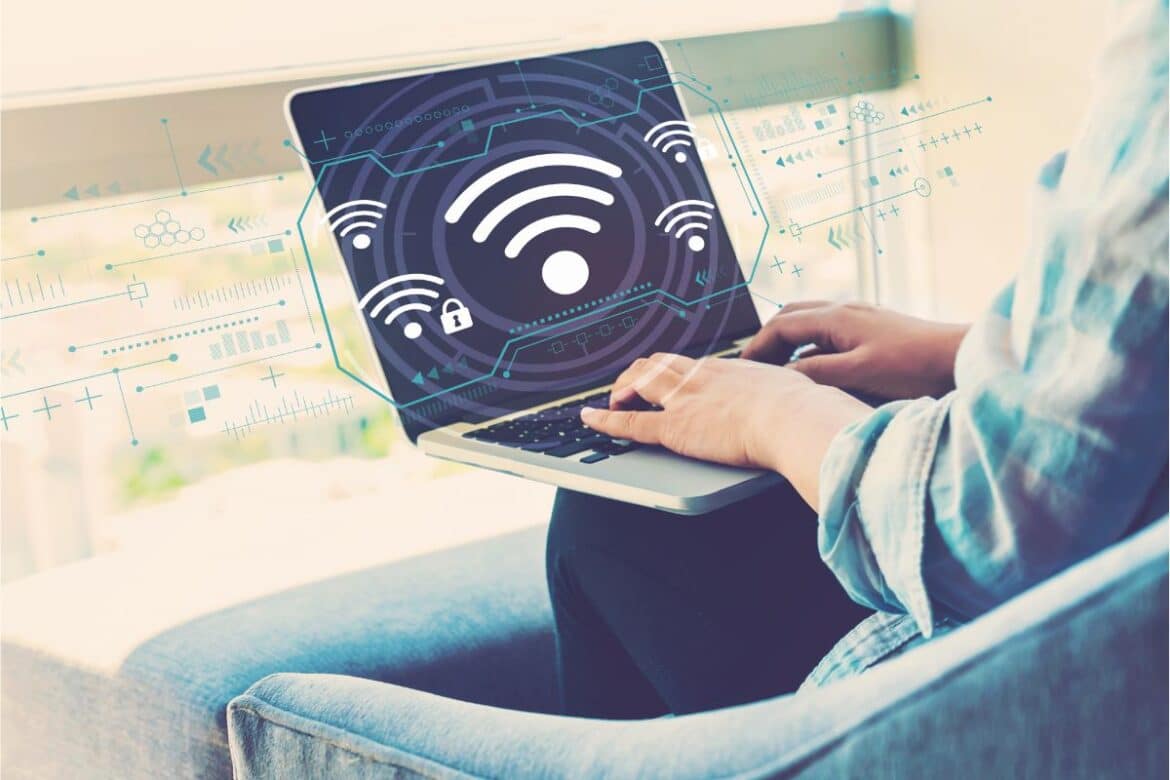Many people don’t know what WiFi Direct is, even though this data transfer function is very practical.
What is WiFi Direct?
Wi-Fi Direct is a practical technology that allows devices to connect directly to each other – without the need for a traditional Wi-Fi router. So if you want to quickly send a file, photo, or video from one device to another, you don’t need a shared network.
- WiFi Direct is a certification from the Wi-Fi Alliance.
- The Wi-Fi Alliance has over 600 members, including Intel, Apple, DELL, Microsoft, and LG. A comprehensive list of members can be found here.
- WiFi Direct allows compatible devices to connect to each other without an internet connection. This allows you to set up a wireless network between two or more devices.
- The principle is similar to the well-known Bluetooth or the multiplayer mode of the Nintendo DS.
- The range of such a connection is up to 200 meters.
Which devices are supported?
Many laptops, digital cameras, smartphones, Blu-ray players, tablets, and Wi-Fi sticks are WiFi Direct certified. Apple also makes use of this technology, but calls it “Airplay” and “AirDrop.” Printers, headphones, and keyboards can also be connected via this technology. Entertainment devices are also included.
- This technology connects devices directly to each other via radio waves.
- You can use the Windows command prompt to determine whether your computer’s network connections support this technology. To do this, enter the command “ipconfig /all”.
- If the entry “WiFi Direct” appears in the “Wireless LAN Adapter” section, you can turn your PC into an access point, for example, to connect to your smartphone.
- In Linux, enter the command “iw list” in the shell. The output should include the terms P2P-client and P2P-GO.
Purpose of WiFi Direct
With the number of technical devices available on the market today, the areas of application are also growing.
- Near Field Communication (NFC) exists as a quick and easy way to transfer information. Virtually all WiFi-enabled devices are capable of this technology, even without WiFi Direct certification.
- In combination with Miracast, you can also use WiFi Direct to transfer the image from one device directly to the screen of another device.
- Photos stored on your smartphone can be printed on a wireless printer using a suitable app.
- If every player has the same game installed on their smartphone, they can play as a team or against each other without needing WiFi.
- Filesharing allows data to be transferred from your smartphone to your computer. Setup is usually quick and easy.
How Wi-Fi Direct works technically
Unlike conventional Wi-Fi, where all devices communicate with each other via a router, Wi-Fi Direct establishes a direct peer-to-peer connection between two or more devices.
- Technically speaking, one of the devices takes on the role of a so-called “access point”—a kind of mini router—while the other device connects as a “client.”
- The connection uses the same wireless standard as Wi-Fi (IEEE 802.11), which enables high data transfer rates. This means that Wi-Fi Direct is similar to classic Wi-Fi in terms of speed, but works autonomously without external infrastructure.
Advantages and disadvantages of Wi-Fi Direct
WiFi Direct has both advantages and disadvantages.
- The biggest advantage of Wi-Fi Direct is its easy setup: you don’t need to know the password for a WLAN router or configure a separate network.
- In addition, the transfer speed is significantly higher than with Bluetooth, as Wi-Fi Direct uses the same bandwidth as conventional Wi-Fi. This allows even large files to be transferred quickly or HD content to be streamed.
- However, there are also limitations. The range is shorter than with a Wi-Fi router because the connection is made directly between the devices.
- In addition, security risks can arise if devices are connected without password protection or if old encryption standards are used.
- Energy consumption is also higher than with Bluetooth, as Wi-Fi modules require more power in continuous operation.

